Lux Vs. Lumens: Trust the Science, Not the Marketing Hype
Lux Vs. Lumens: Trust the Science, Not the Marketing Hype
If you’re one of the millions of people who relies on light for recreational and professional activities, you’ve probably read your fair share of product reviews. Many use the terms “lux” and “lumens” to describe their capabilities.
These terms are often used interchangeably, but while there’s a correlation between lumens and lux, they are not synonymous.
- Lumens refers to the total quantity of light emitted from a source.
- Lux denotes the intensity or usability of lumens over space and time.
Generally speaking, more lumens equals brighter light. Some manufacturers capitalize on this technicality to make higher lumens claims based solely on total light output. But those claims fail to reflect the important distinction between “total” light and “usable” light.
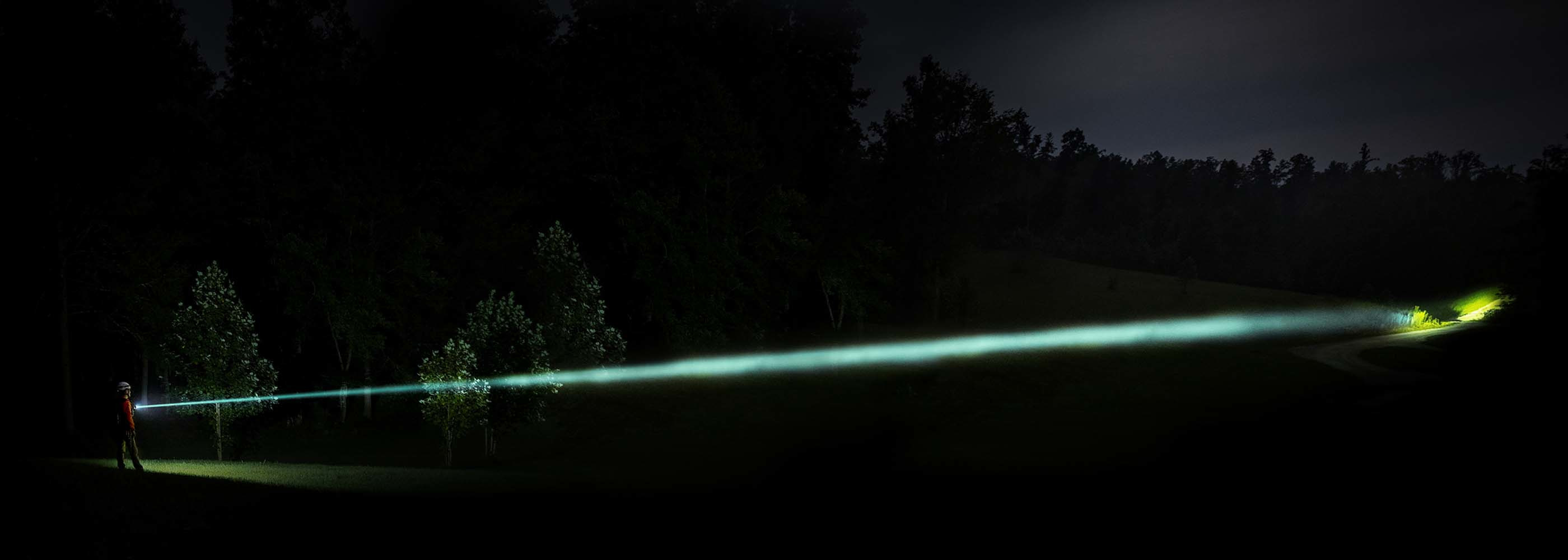
Here’s an easy way to think about lux: When light is focused on a small area, we perceive it as very bright. When that same light is spread out over a large area, it appears much weaker. For this reason, it’s important to take a scientific measurement of the total light output (or lux); doing so is the only way to concretely bridge the gap the brightness our human eyes perceive and the light that is actually there.
Expert testing for superior products
To further clear up any confusion for consumers, the American National Standards Institute (ANSI) put forth its FL1 light testing standards in 2009 and updated them in 2019. These standards are widely seen as the gold standard for light product testing. They are based on six critical performance metrics: light output, run time, beam intensity, beam distance, water resistance, and impact resistance.
NEBO is one quality light manufacturer in the market that strictly adheres to the ANSI FL1 testing standards. In a rigorous two-part test, all NEBO products are first activated and placed in an enclosed integrating sphere, where a spectrometer measures the total light output. Then, a lux meter measures the distance to which that output is usable. Once the software verifies both sets of information, a lumens claim is generated for each product.
A word about wattage
The term “watt” is another that’s commonly thrown around in product reviews. It’s worth noting that wattage reflects how much energy a product consumes—that is, how quickly it generates heat and uses available battery power. But wattage does not articulate total or usable light output.
For example, a one-watt halogen bulb does not produce the same amount of light as a one-watt LED chip, and is less efficient at converting energy to light. For that reason, watts should never be used to determine a product’s performance or light strength.
<< Shop our Luxtreme™ Series lights
<< Shop our High Lumen lights


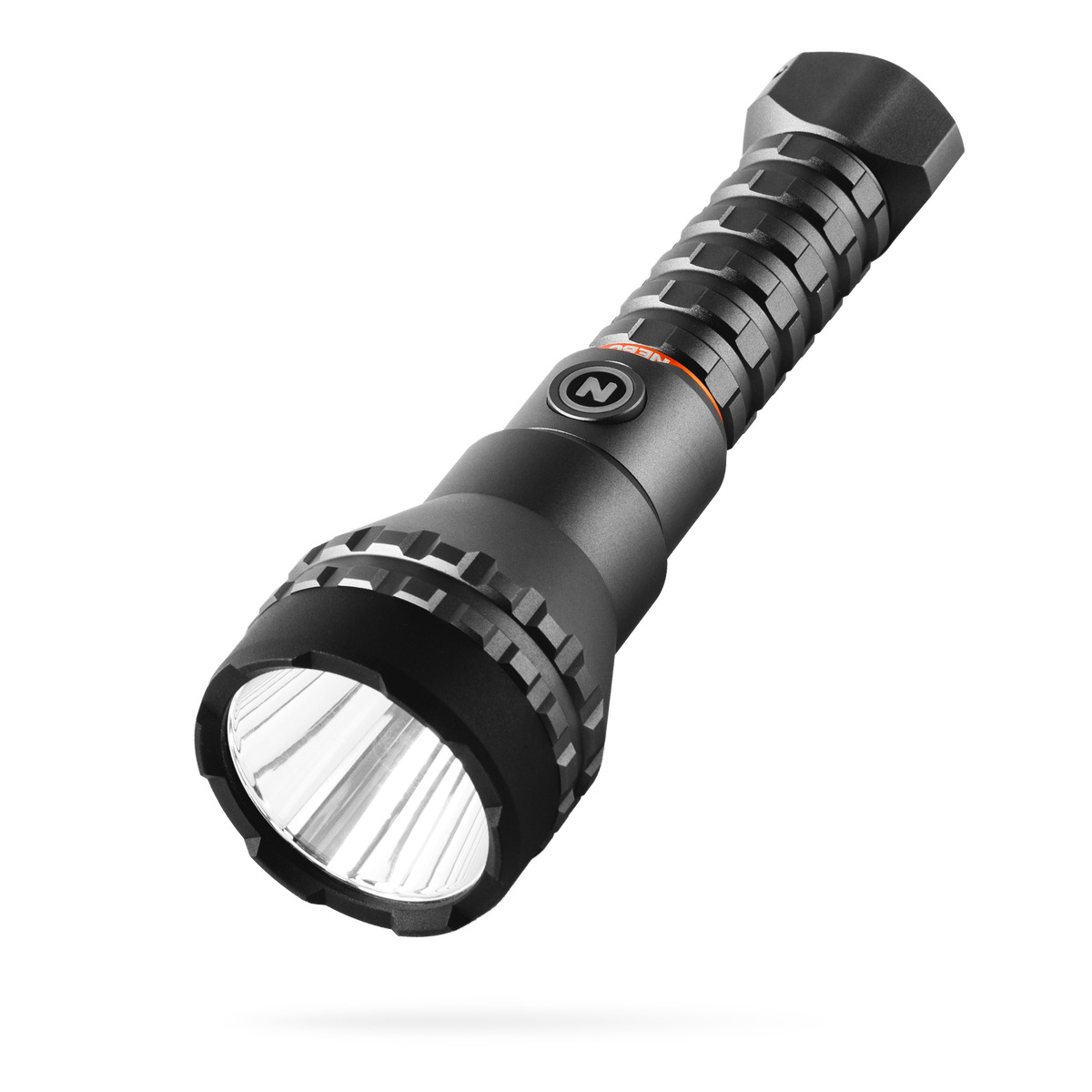
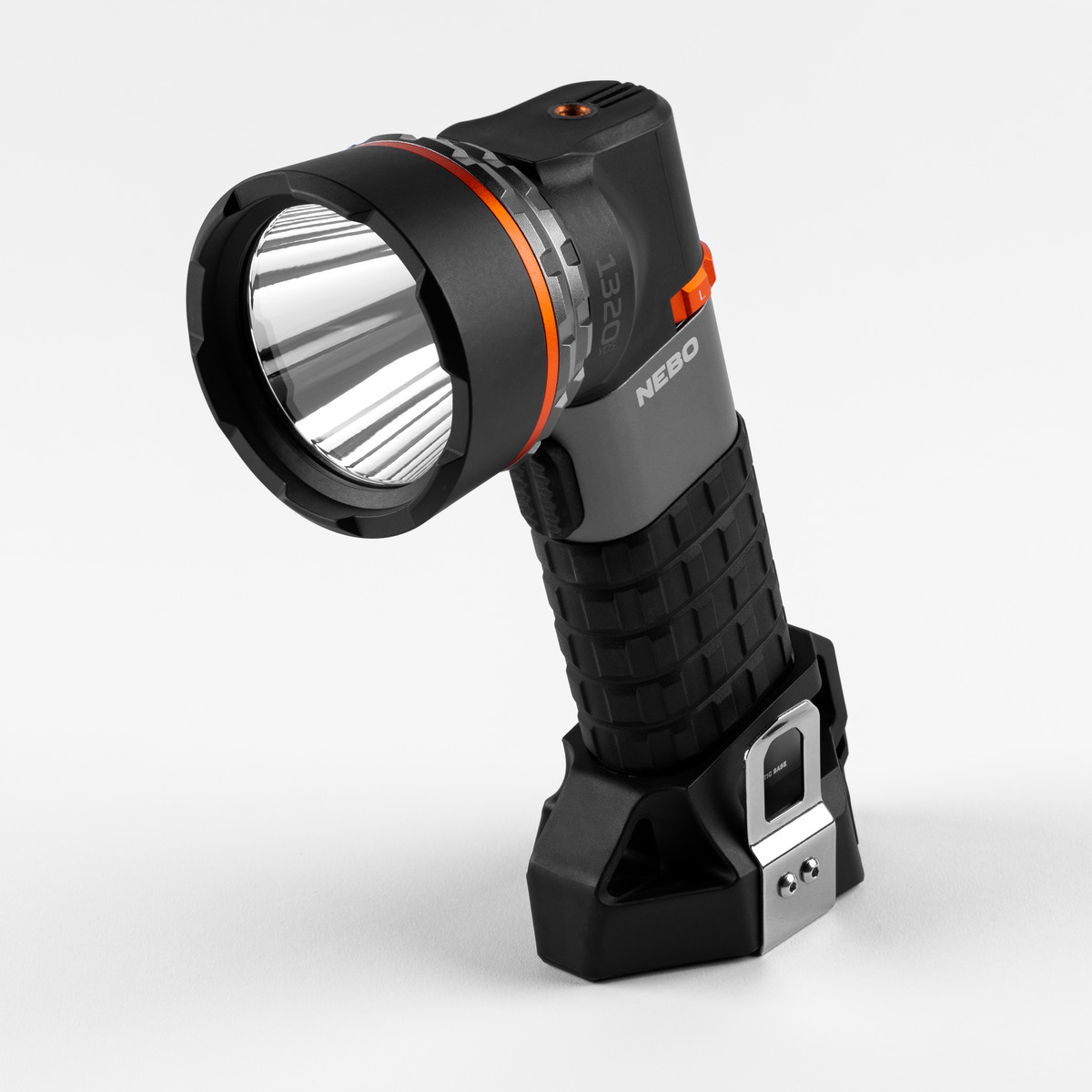
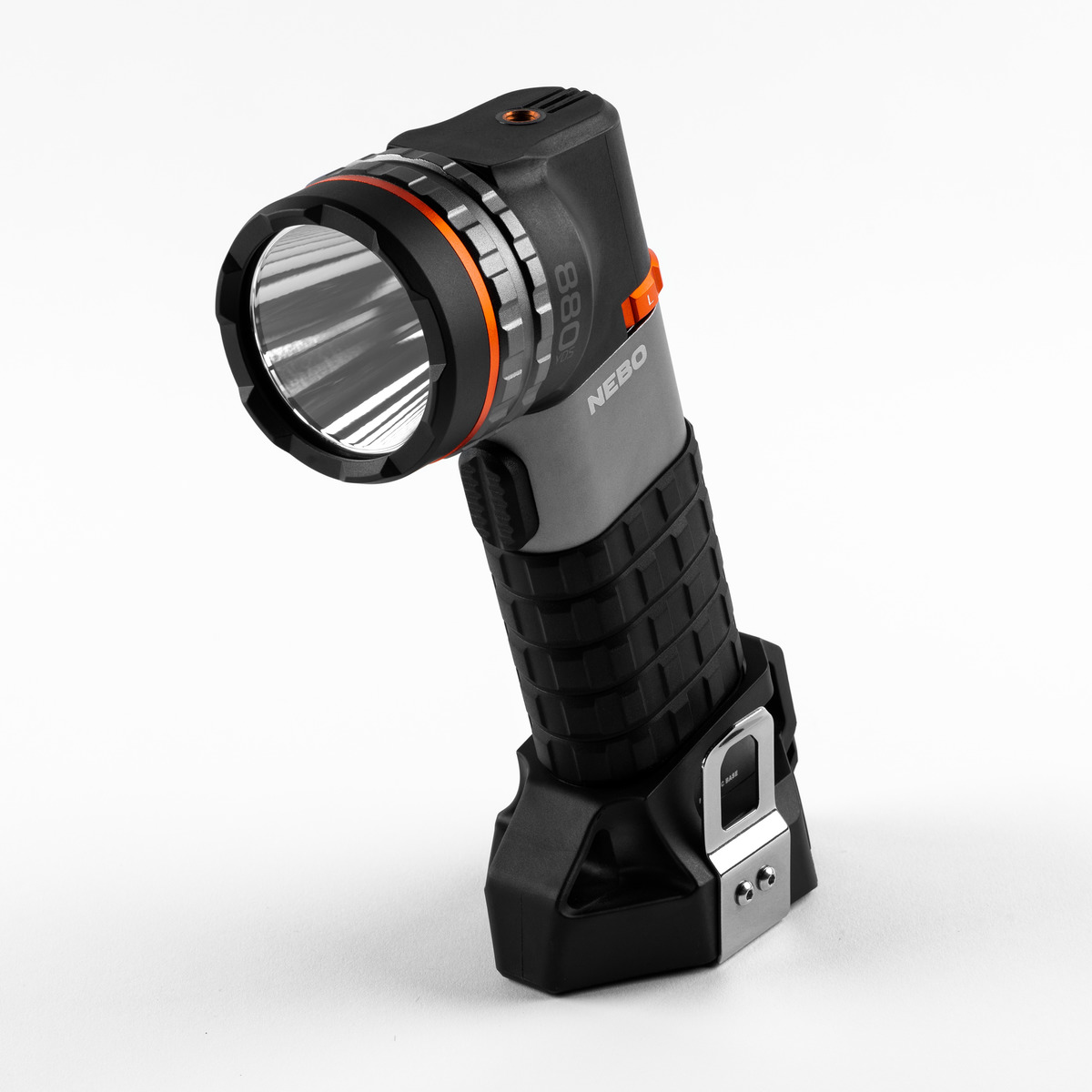
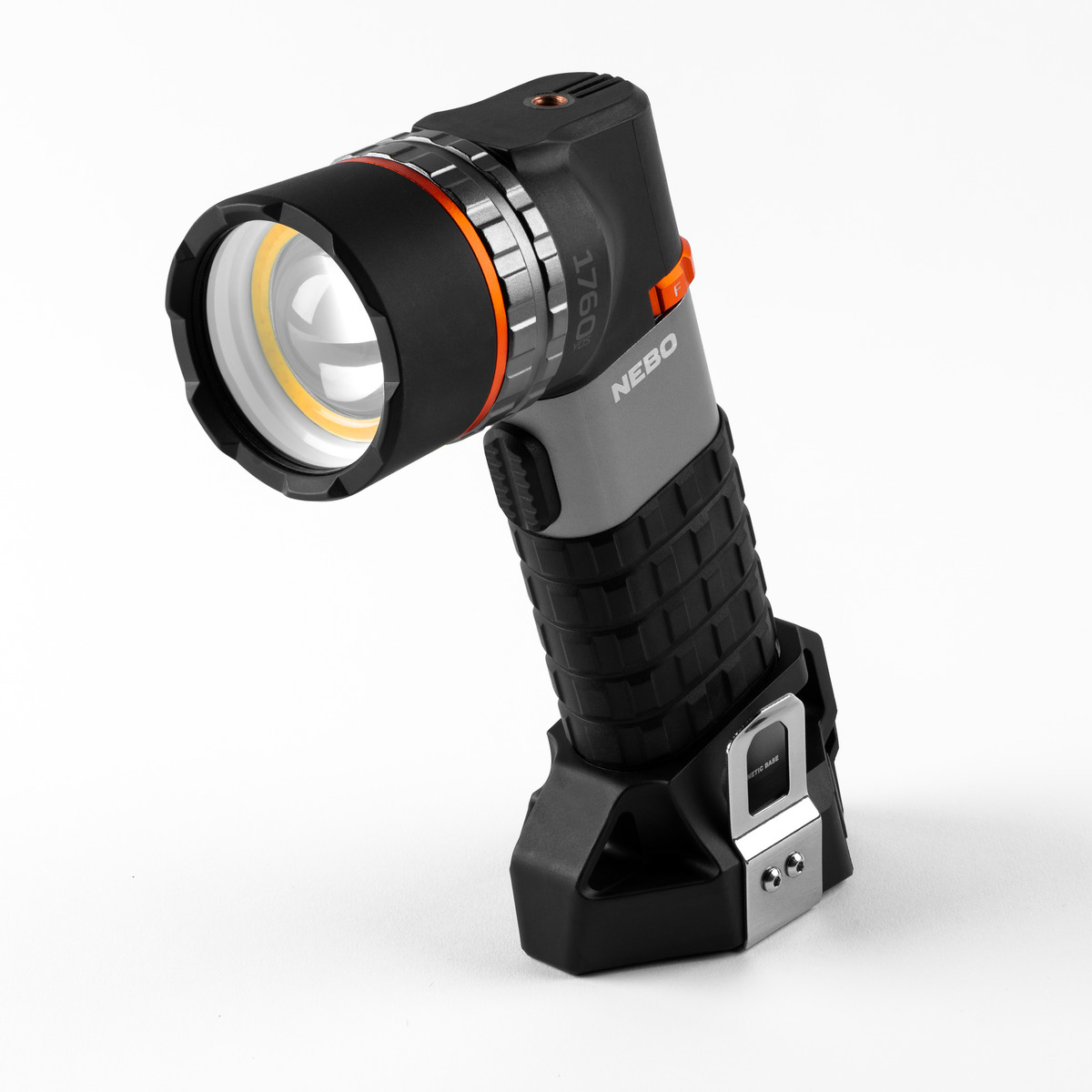
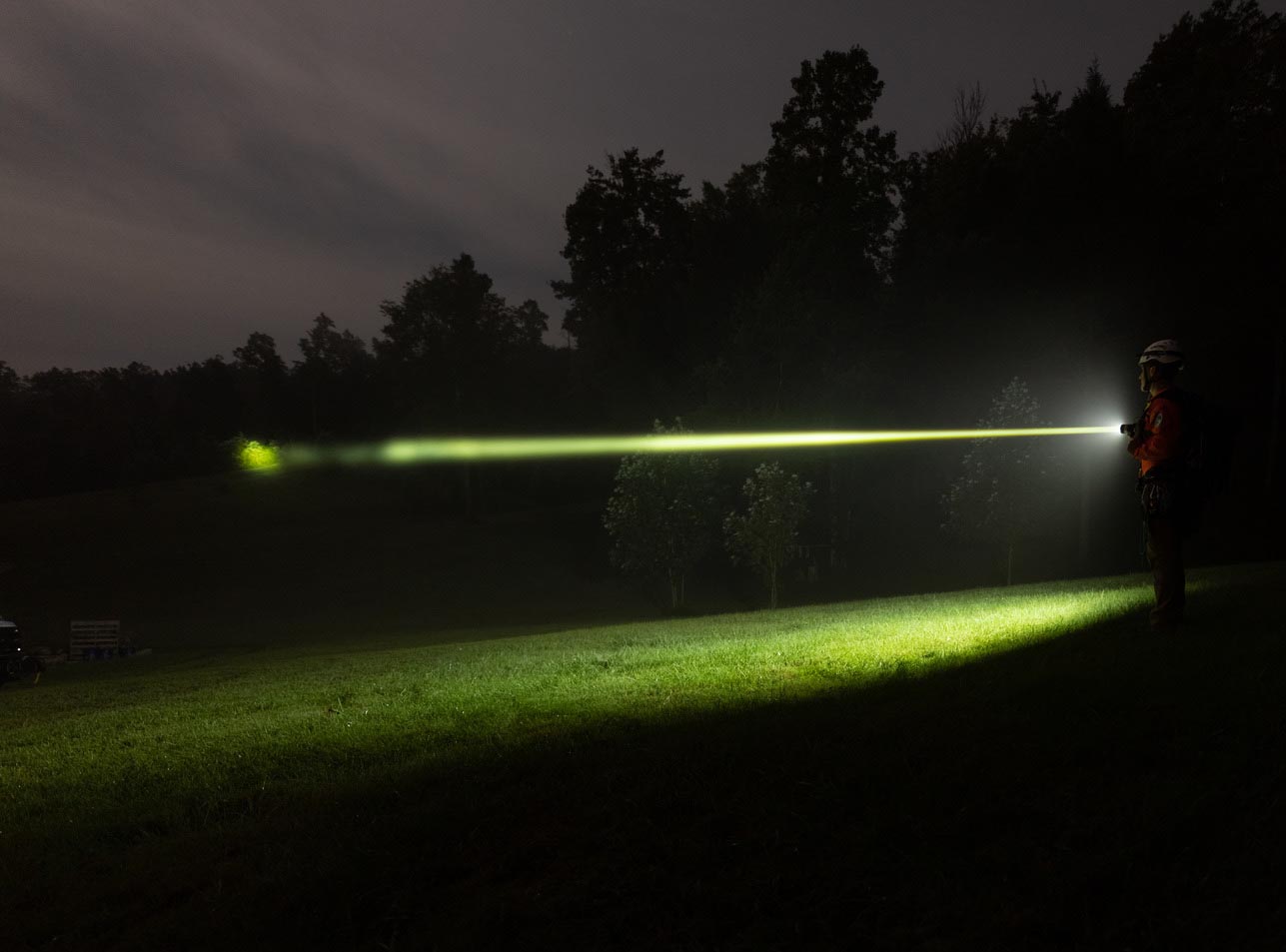
The information below is required for social login
Sign In
Don't have an account? Create one here.
First Things First...
You must sign in or create a NEBO account to apply to join NEBO PRO.
CREATE ACCOUNT